May 16 marks 50 years of China's Cultural Revolution. Here's what you should know about the political movement.
1. What is the Cultural Revolution and its goal?
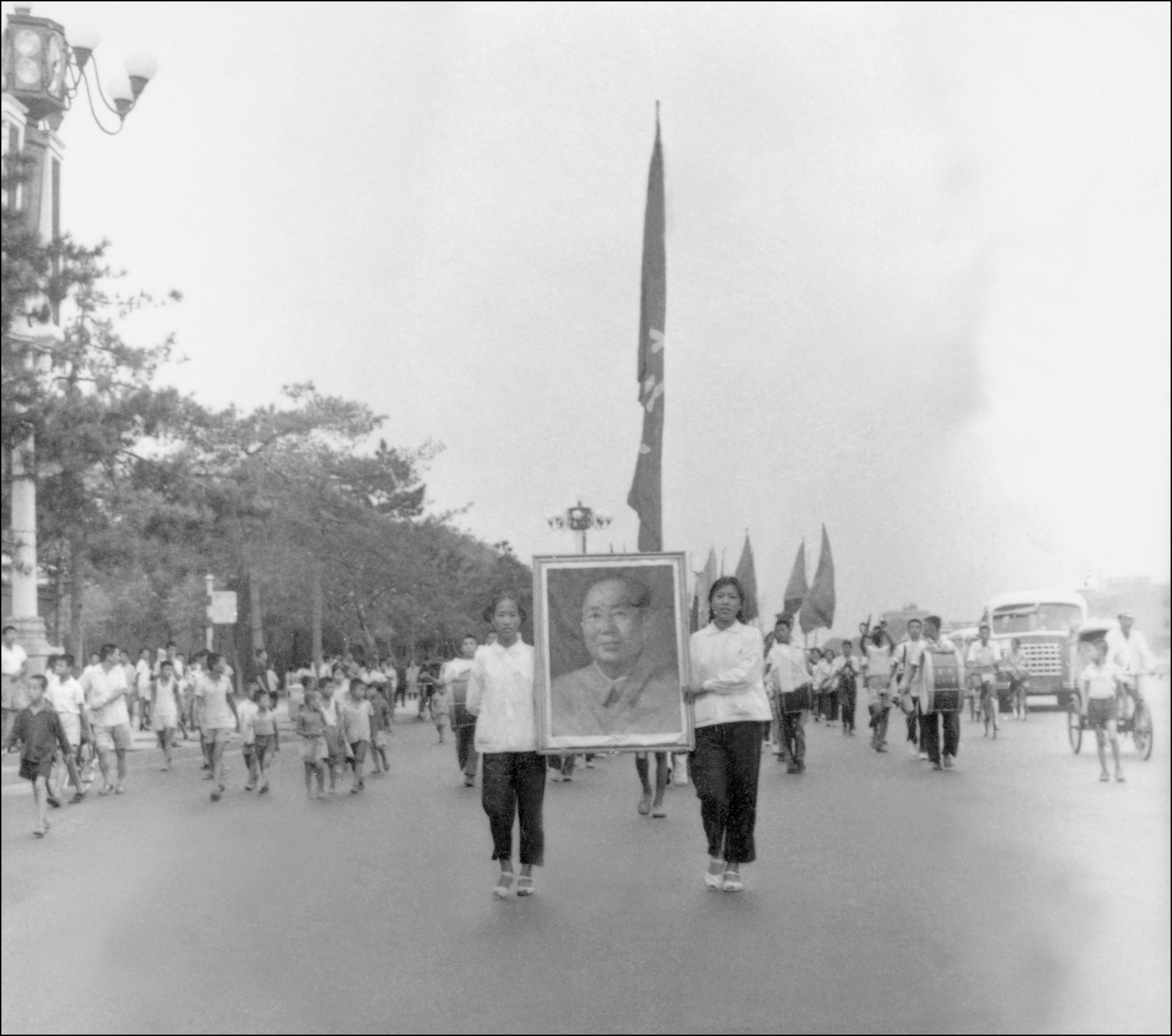
The Cultural Revolution (May 1966 - October 1976) was a political movement launched by Chinese leader Mao Zedong, with the express purpose of eradicating "the bourgeois headquarters" and seizing power from capitalist roaders, or people accused of favouring capitalism, according to the official Chinese narrative.
It plunged the country into chaos, with the economy paralysed and millions of Chinese persecuted in violent struggles.
Mao consolidated power after purging officials he deemed to be political rivals, notably State President Liu Shaoqi. The paramount leader rose to a god-like status amid a series of propaganda campaigns.
2. Who were the Red Guards?
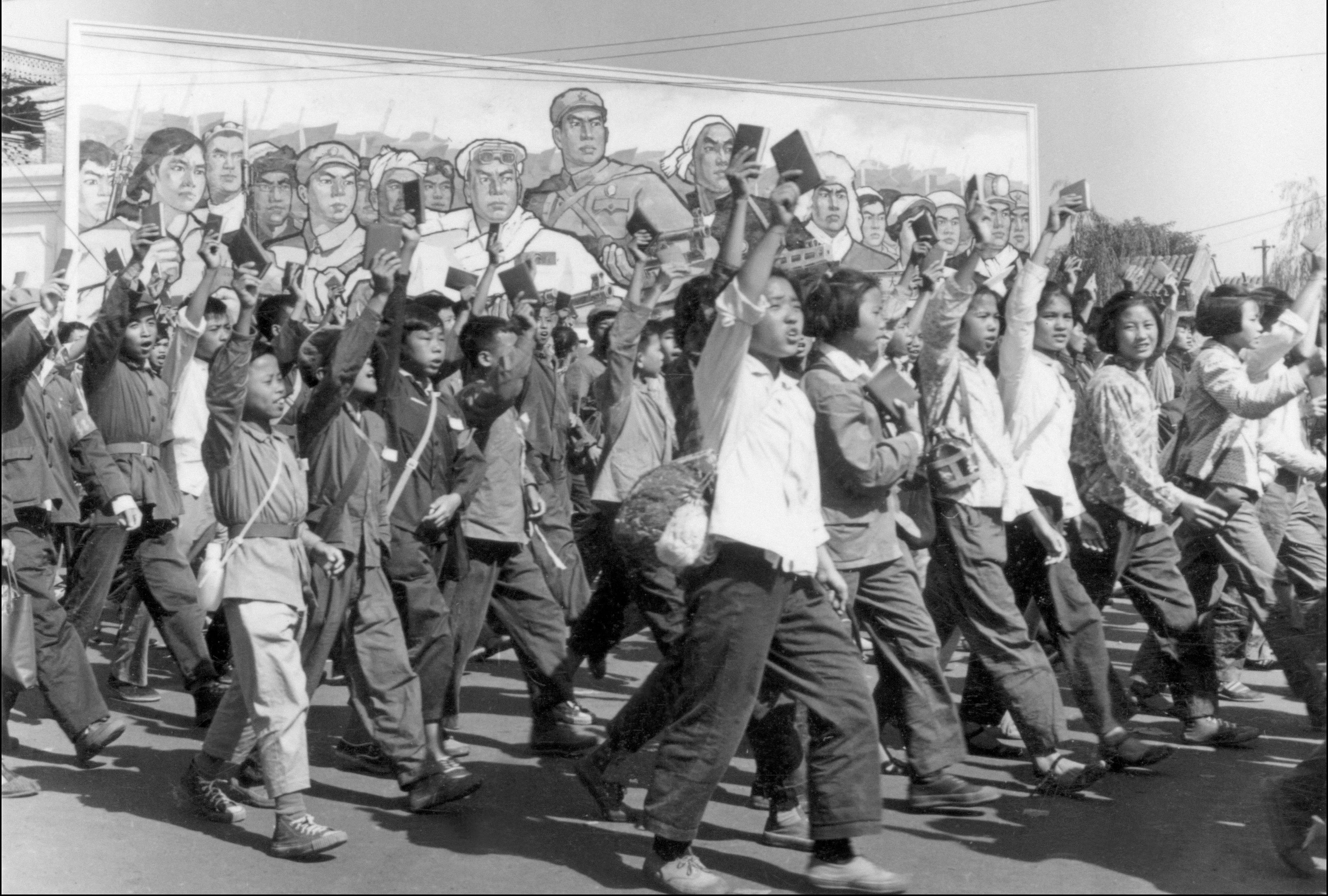
The Red Guards often refer to the fanatical armband-wearing students who pledged allegiance to Mao and vowed to act in line with his instructions during the Cultural Revolution. As the political movement gained momentum, young workers and peasants also joined the Red Guards.
Mao gave the Red Guards free rein to confiscate private property, destroy national treasures and torture whoever they labelled "counter-revolutionaries". Official record shows they murdered 1,772 people in Beijing alone in August and September 1966.
The violence soon spun out of control after the Red Guards started to storm government and party buildings. The group was also plagued by factionalism that led to armed clashes.
The central government decided to restore order from early 1967, with the People's Liberation Army deployed to crack down on armed factions. Members of the main Red Guard units were subsequently dispersed after Mao launched the "Up To the Mountain, Down To the Village" movement, which saw millions of jobless youth sent to villages for re-education.
3. What were the Four Olds?
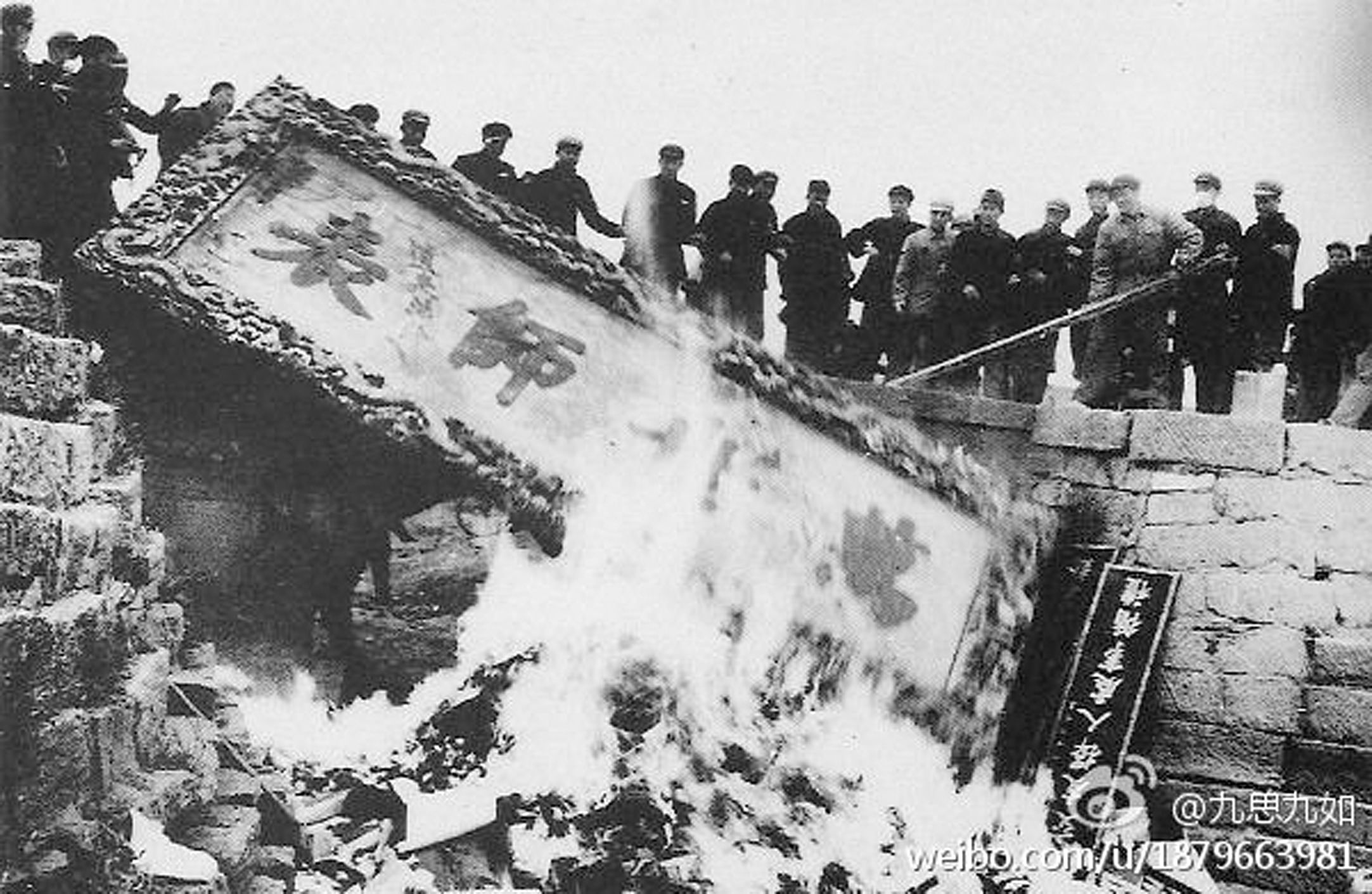
The Four Olds - a concept proposed in 1966 by Marshal Lin Biao, Mao's then heir apparent - referred to the "old ideas, culture, customs and habit of the exploiting classes" that need to be destroyed.
Lin did not elaborate on the definitions, so the Red Guards took it upon themselves to smash things and torture people they thought are representative of the Four Olds.
The radicals started a reign of red terror by confiscating private property belonging to teachers and former businessmen. They evicted some 77,000 "monsters and freaks" from Beijing, and publicly humiliated and attacked "counter-revolutionaries" including officials, intellectuals and monks in the so-called struggle sessions.
Also, the Red Guards desecrated thousands of historical sites in Beijing. In what may be the worst case of destruction, they smashed 6,618 registered cultural artefacts in the Confucius Temple in Shangdong province.
They also renamed people, streets and schools to remove "feudal" overtones. Personal names like Wei Dong (Protect Mao) and Xiang Hong (Follow Red) gained popularity. In Beijing, the Chang'an Avenue, named after the capital of the Han and Tang dynasties, was changed to "East is Red Avenue". Some even proposed to rename Beijing the "East is Red City", but it was rejected by Premier Zhou Enlai.
4. What is the Little Red Book?
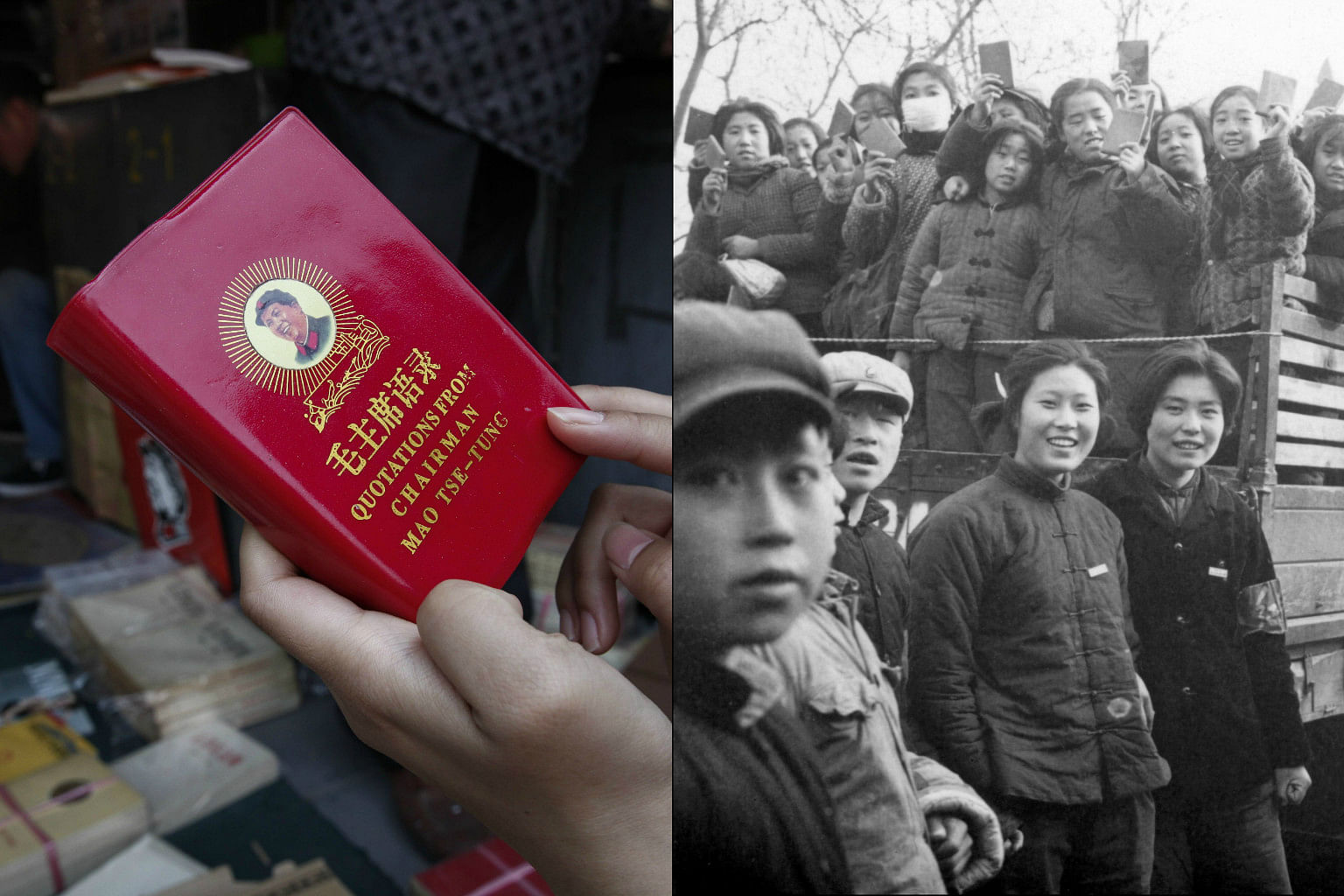
The Little Red Book, or Quotations from Chairman Mao, was the bible of the Red Guards, who often waved it while chanting the quotes as part of the ritual to show loyalty. Some people even started their daily conversations with a Mao-quote.
The book, first launched in 1964, came with different editions, but the compact ones that could fit into a pocket were the most popular. Billions of copies were believed to have been printed during the Cultural Revolution.
Marshal Lin promoted the book to the Red Guards during Mao's first rally with the students in 1966. He reportedly called on the students to "say Long Live in your months, hold the Quotations in your hands".
Here are some oft-used quotes from the Little Red Book:
Study well, and make progress every day.
A revolution is not a dinner party.
Political power grows out of the barrel of a gun.
We should support whatever our enemies oppose and oppose whatever our enemies support.
All reactionaries are paper tigers.
5. Who were the sent-down youth?
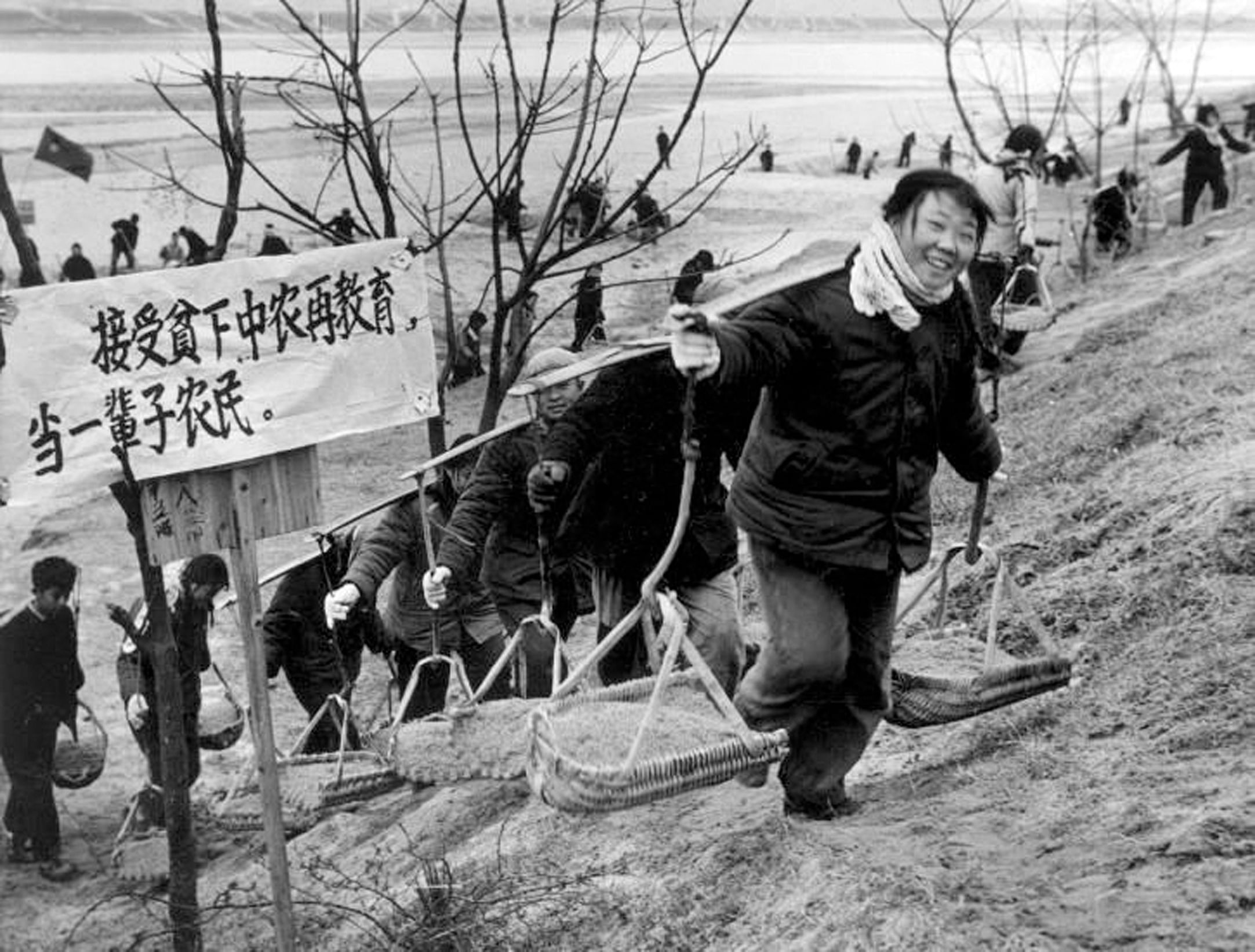
The sent-down youth, also known as "educated youth", were the young people who left cities to work and live in the rural areas between 1950s and 1970s. Many of them lost the opportunity to go to university.
The authorities began to glorify labour in the countryside as early as 1953, but mass migration of the young started in late 1960s when Chairman Mao launched the "Up To the Mountain, Down To the Village" movement.
More than 16 million people, mostly students, were sent to the countryside between 1967 and 1976 for re-education, which historians say was a means to disperse the Red Guards. Another reason for the movement could be a lack of urban employment opportunities, with more than four million idle high school graduates in 1968.
6. How many people died as a result of the Cultural Revolution?
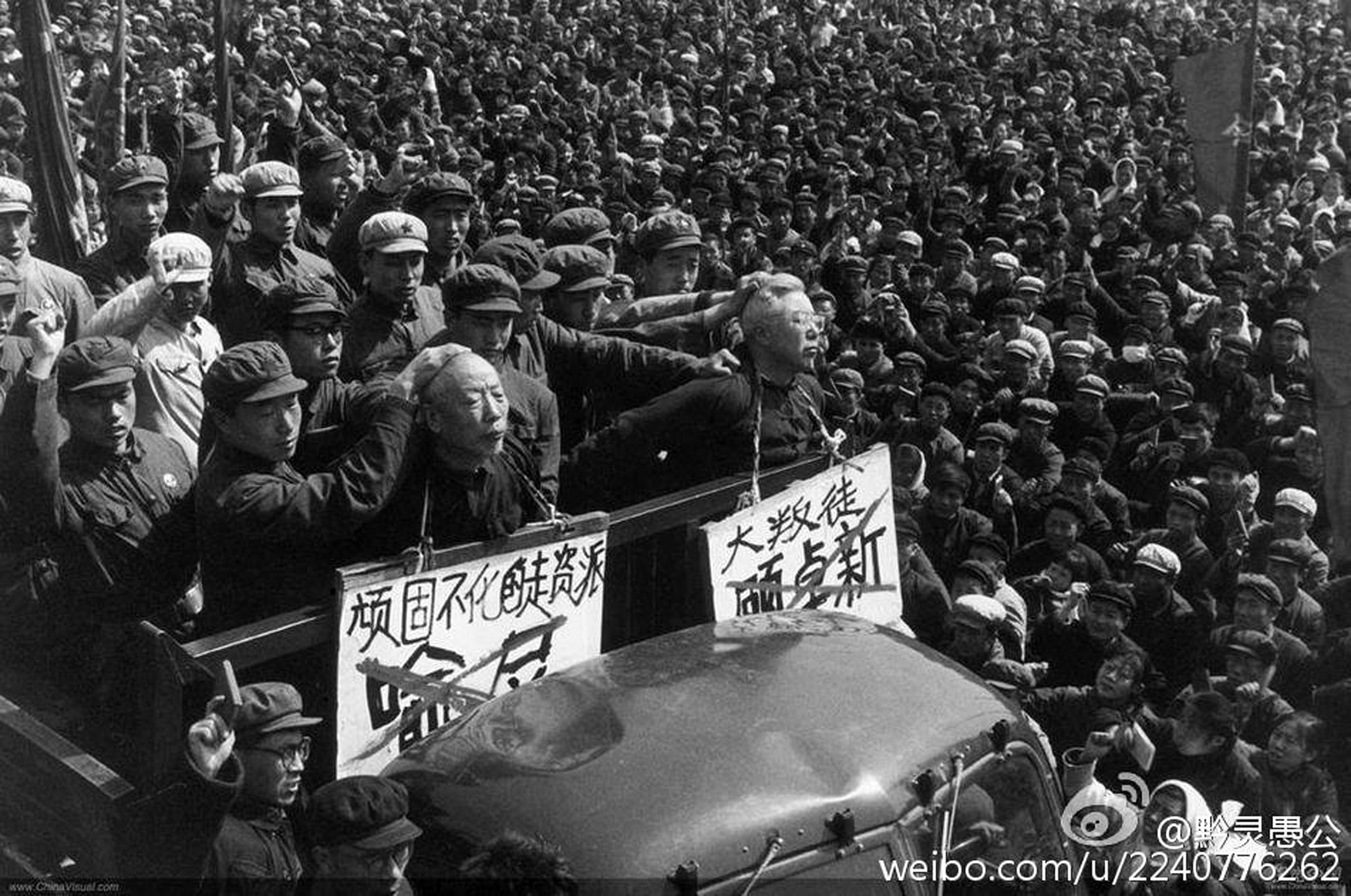
China did not release official data on the number of victims, but various estimates put the death toll at between hundreds of thousands and several million.
An article published in 2003 by The China Quarterly claims that between 750,000 and 1.5 million of people died in the countryside, with a similar number permanently injured. About 36 million suffered some form of political persecution, the article adds.
Professor John Fairbank, a prominent American historian of China, says the number of victims "hover around a million".
Hong Kong's Cheng Ming magazine, citing China's undisclosed "internal investigation", says 1.72 million people suffered from unnatural death, and another 237,000 died in "armed struggle".
7. How did the Cultural Revolution end?
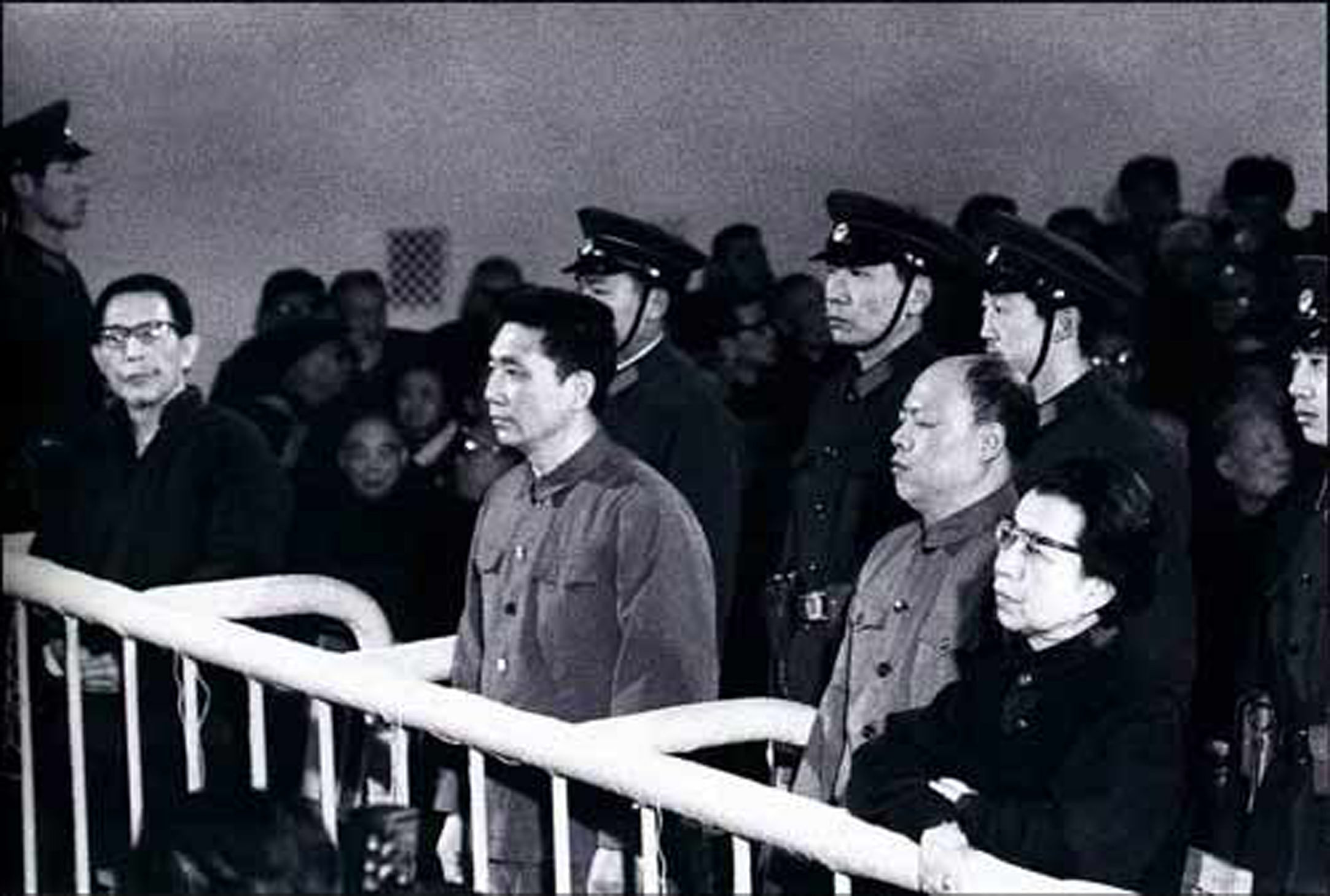
The capture of the Gang of Four on Oct 6, 1976, is often seen as marking the end of the Cultural Revolution.
As Mao's health declined in the later stages of the Cultural Revolution, the clique wielded tremendous power and took aim at moderates like Premier Zhou, raising the ire of the party's influential elders.
Shortly after Mao's death, his designated political heir Hua Guofeng won the support of the army and party elders, and staged a coup against the Gang of Four. Hua later said crushing the clique symbolises the end of the Cultural Revolution.
